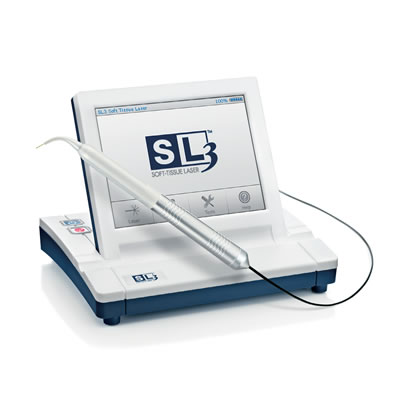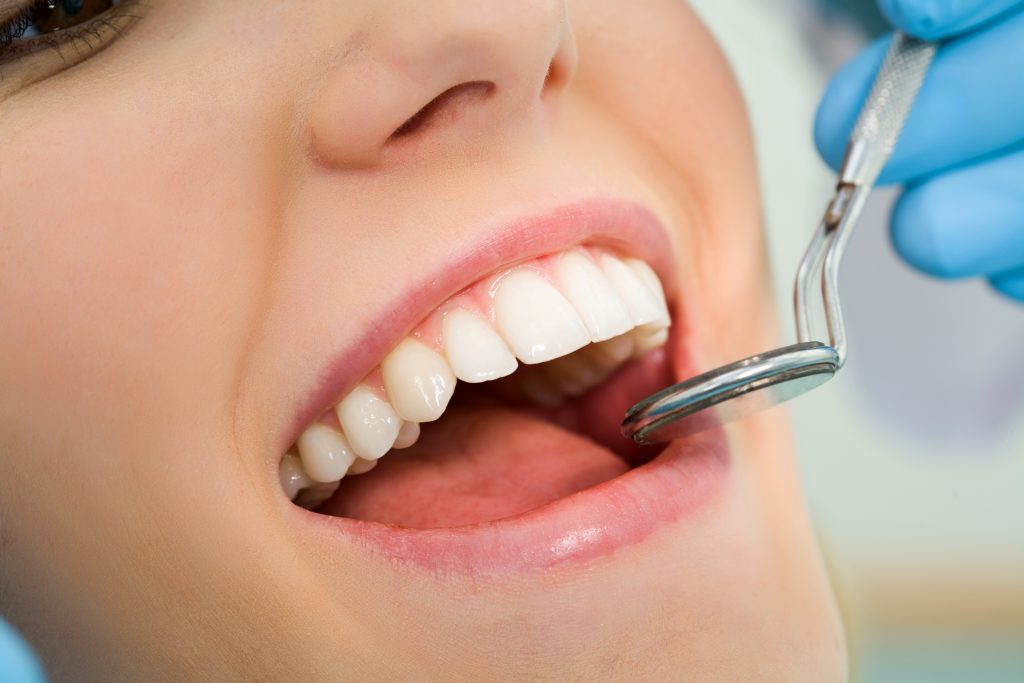Laser gum resurfacing is an Instant Esthetic gum enhancement for natural, immediate, dramatic and long lasting results. It’s a minimally invasive, scalpel suture and graft free method for perfecting uneven gum structure.
7% of men and 14% of women have what’s referred as a “gummy smile” or excessive gingival display, where more than 3 mm of gum tissue covers the teeth.




